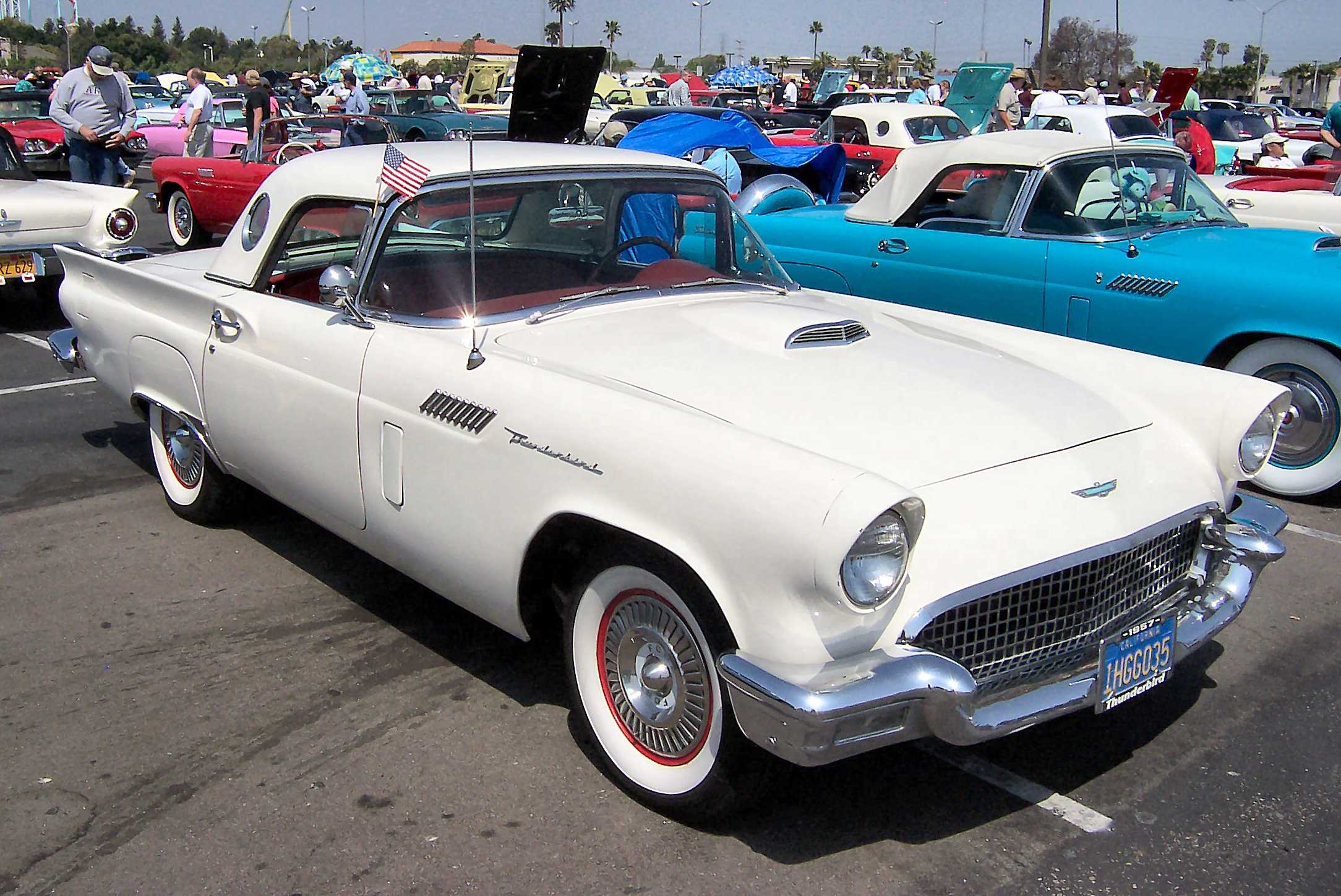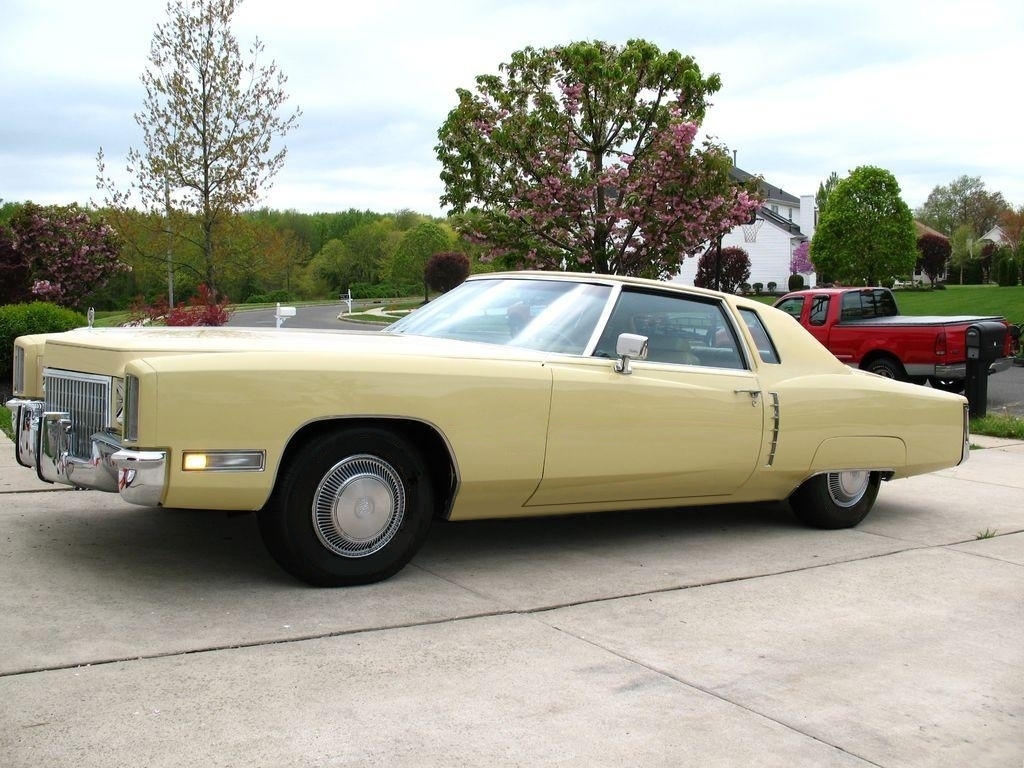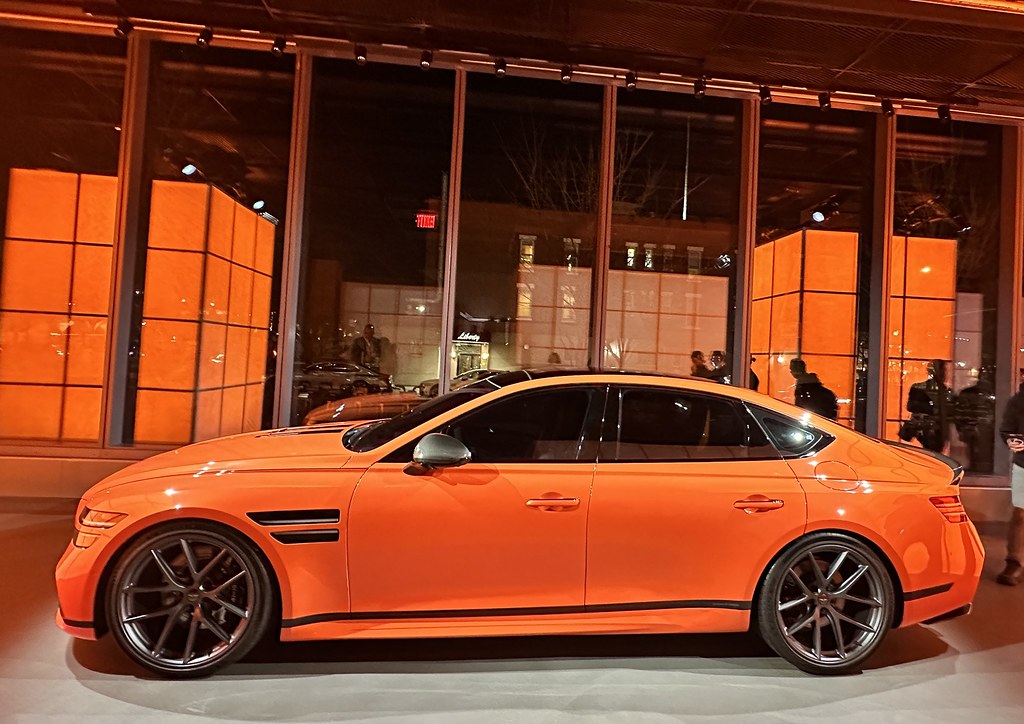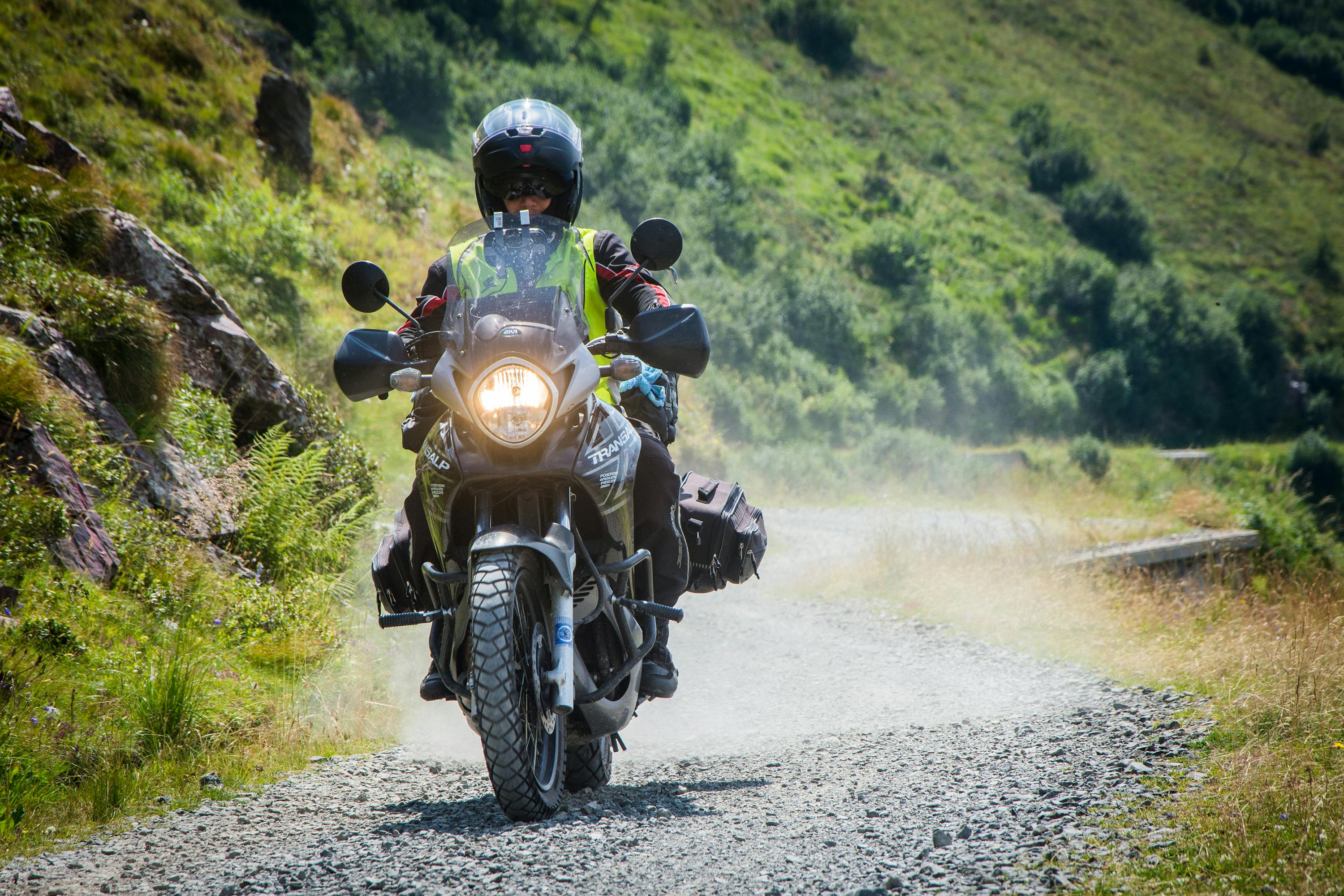
1. **1971 Cadillac Eldorado (Super Fly, 1972)**: No other vehicle embodies the 70s cinematic blend of aspiration, grit, and flair quite like the Cadillac Eldorado. Driven by Youngblood Priest (Ron O’Neal) in this iconic blaxploitation film, its luxurious yet formidable design not only captivated audiences but also earned admiration from real-life gangsters, who regarded its customizer, Les Dunham, as a legend in the underworld. This car remains a powerful symbol of the bold styles and cultural impacts of the era.

2. **1970 Pontiac GTO (Two-Lane Blacktop, 1971)**: The GTO in Two-Lane Blacktop is more than just a car; it embodies the essence of character actor Warren Oates. Fast, mean, and dirty, this vehicle personifies a raw, let-it-all-hang-out attitude that was prevalent in both the film and car culture of the time. It’s a testament to the muscle car spirit that defined a generation.

3. **1973 Pontiac Ventura Sprint (The Seven-Ups, 1973)**: In The Seven-Ups, the stylish Pontiac Ventura takes on an understated yet heroic role amidst the chaos. Its crucial involvement in a thrilling New York car chase, culminating in a dramatic collision with a semi-truck, exemplifies the exhilarating action that defined 70s cinema, while also showcasing the transition towards elegance and performance in the post-muscle-car era.

4. **1973 Pontiac Firebird Trans Am (McQ, 1974)**: The Trans Am driven by John Wayne in McQ is not just a car; it is an embodiment of rugged masculinity and unwavering confidence. With its powerful growl and sleek lines, this vehicle stands as a formidable symbol in a film where the car’s essence mirrors Wayne’s tough character. Today, it remains an emblem of automotive passion and resonates strongly with car lovers everywhere.

5. **1969 Porsche 911 E Targa (The Gumball Rally, 1976)**: While The Gumball Rally may lack the polish of later racing films, it excels in delivering sheer adrenaline through its carefree vibe. The Porsche 911 E Targa shines as a stunning representation of speed and flair, forever immortalized by its cheeky motto celebrating Italian driving culture. This car perfectly captures the rebellious spirit that characterized the 70s automotive scene.

6. **1974 AMC Hornet (The Man with the Golden Gun, 1974)**: Although the AMC Hornet is often labeled as one of the worst cars of the decade, its epic corkscrew river jump in a James Bond film cements its place in automotive history. This stunt is one of the most memorable moments in Bond lore, proving that sometimes, it’s not just the car’s quality that matters, but how it’s used on screen.

7. **1963 Volkswagen Beetle (Herbie Rides Again, 1974)**: The lovable Volkswagen Beetle, affectionately known as Herbie, transcended its role as merely a car to become a beloved character with a soul. Racing through various sequels, Herbie cemented his legacy in family cinema, enchanting audiences with his charm and personality, which helped create a cultural phenomenon that resonates across generations.

8. **1977 Pontiac Trans Am (Smokey and the Bandit, 1977)**: After the debut of Smokey and the Bandit, the Pontiac Trans Am transformed into the vehicle that every American dreamed of owning. This sleek, powerhouse not only represented speed but also embodied the rebellious spirit of its time, solidifying its place as an unforgettable icon in the landscape of 70s entertainment.

9. **1976 Lotus Esprit S1 (The Spy Who Loved Me, 1977)**: When it comes to Bond cars, most think of the Aston Martin, but the Lotus Esprit S1 made waves with its transformation into a submarine. This stunning vehicle, paired with the striking scenery of Sardinia, offered a visual spectacle that solidified its legendary status within the Bond franchise.

10. **1970 Dodge Challenger (Vanishing Point, 1971)**: As the centerpiece of a nihilistic road trip, the Dodge Challenger in Vanishing Point is more than just a car; it’s a statement. Its explosive fate at the film’s climax mirrors the tumultuous societal shifts of the 70s, making it an enduring symbol of rebellion and freedom on the open road.

11. **1968 Aston Martin DBS (Diamonds Are Forever, 1971)**: The Aston Martin DBS left an indelible mark as the last of the grand David Brown-era models—a true classic celebrated within the Bond franchise. With its quirky allure and engaging performance, this car encapsulates the sophisticated yet playful essence of the 70s, much like its suave secret agent driver. It continues to be cherished in automotive history, reflecting both elegance and thrill of the era.

12. **1962 Volvo P1800 (“The Saint”, 1962-1969)**: Not all television cars are about speed or firepower; some are about charm and elegance. The 1962 Volvo P1800, driven by Roger Moore as the suave Simon Templar in “The Saint,” is one such car. With its sleek lines and pristine white exterior, this automobile became synonymous with cool sophistication in the spy genre. The P1800’s allure helped turn Moore into a major star and made the car a gem coveted by collectors.

13. **Lincoln Futura Batmobile (“Batman”, 1966-1968)**: When we think of iconic vehicles, the Batmobile undoubtedly springs to mind. Born from the Lincoln Futura, this distinctive car became the ultimate emblem of vigilante justice. With its striking presence and bat-inspired features, it delighted audiences while defining the superhero genre for years to come, showcasing that the Batmobile was as much a character as Batman himself in his fight against crime.

14. **1966 Chrysler Imperial Crown Limousine (“The Green Hornet”, 1966-1967)**: The Green Hornet’s ride, the Chrysler Imperial, was no ordinary limousine. Dubbed “Black Beauty,” it was a rolling fortress equipped with gadgets that rivaled those of Batman. With Bruce Lee adding martial arts flair to the mix alongside its luxurious design, the Black Beauty became an icon in the realm of crime-fighting vehicles, merging elegance with raw power.

15. **1974 Ford Gran Torino (“Starsky and Hutch”, 1974-1976)**: The red Ford Gran Torino, affectionately known as the “Striped Tomato,” became a cultural phenomenon during the 70s. As Starsky and Hutch raced through Bay City in pursuit of criminals, their stylish ride became a symbol of cop drama. Its vibrant color and unique design made it an object of admiration and a staple of chase scenes, embodying the cool factor of the decade.

16. **1978 Checker Taxi Cab (“Taxi”, 1978-1982)**: Often overlooked, the Checker Taxi Cab was a critical character in the beloved sitcom “Taxi.” As the backdrop to many character interactions and comedic moments, this iconic yellow cab represented the everyday hustle of working-class New Yorkers. Its presence in the show transcended mere transportation, showcasing the gritty charm of city life.

17. **1921 Oldsmobile Model 43-A (“The Beverly Hillbillies”, 1962-1971)**: The Clampett family’s dilapidated truck is as much a part of the show’s legacy as the characters themselves. Driving from the Ozarks to Beverly Hills in this Oldsmobile, the family’s adventures encapsulated the American dream uniquely. The truck’s scrappy look and storied history resonated with audiences, making it a cherished symbol of the humorous culture clash portrayed in the show.

18. **Chevrolet Corvette Convertibles (“Route 66”, 1960-1964)**: The Chevrolet Corvette was the epitome of freedom and adventure in the series “Route 66.” As characters traveled from one destination to another, the Corvette represented the thrill of exploration. Its sleek design and performance made it the perfect vehicle for two friends seeking adventure across America, cementing its place in classic television lore.

19. **1951 Ford F100 (“Sanford and Son”, 1972-1977)**: The rusty red Ford F100 was not merely a truck; it represented an extension of Fred Sanford’s larger-than-life personality in ‘Sanford and Son.’ Its presence on-screen perfectly matched Fred’s grumpy demeanor, making it an endearing part of the show. As a workhorse in the family’s junk business, the F100 highlights the charm of Americana and the significance of family connections amidst life’s challenges.
.jpg/1200px-1969_Dodge_Charger_(21572136732).jpg)
20. **1969 Dodge Charger (“The Dukes of Hazzard”, 1979-1985)**: No list would be complete without mentioning the General Lee, the iconic 1969 Dodge Charger from “The Dukes of Hazzard.” With its bright orange paint and distinctive Confederate flag on the roof, the Charger became a symbol of rebellion and adventure. Known for its daring jumps and high-speed chases, the General Lee captured the hearts of a generation, becoming a lasting icon of television history.

21. **1966 Pontiac GTO “Monkeemobile” (“The Monkees”, 1966-1968)**: The Monkees’ iconic GTO was as much a part of the band’s image as their music. This modified vehicle, featuring extravagant modifications, symbolized the quirky, fun-loving spirit of the show. The Monkeemobile became an integral part of their misadventures, showcasing the playful side of 60s pop culture and musical rebellion.

22. **The Mystery Machine (“Scooby Doo, Where Are You?”, 1969-1972)**: The Mystery Machine transformed the idea of a mere vehicle into an essential character in the classic animated series. With its colorful paint job and cheerful vibe, it was more than a means of transportation; it was the home base for Scooby-Doo and the gang. This iconic van epitomized adventure and camaraderie, becoming a beloved symbol of childhood nostalgia.

23. **1957 Ford Thunderbird (“Vega$”, 1978-1981)**: The 1957 Ford Thunderbird served as an unmistakable symbol of elegance and sophistication in the detective series ‘Vega$.’ Driven by private investigator Dan Tanna, this convertible mirrored the glitzy allure of Las Vegas, and its classic curves paired with a strong presence made it an ideal companion for a man navigating the glamorous yet perilous world of crime.
Related posts:
The 11 Greatest Movie Cars of the 1970s
Most Iconic TV Cars of the 1960s and 1970s
Iconic Cars of the 1970s – A Nostalgic Drive





